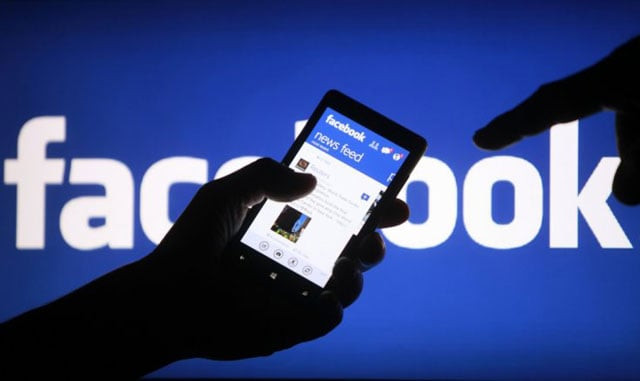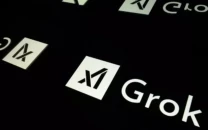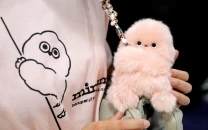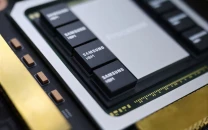How to spot a conspiracy theory online
Conspiracy theories about coronavirus vaccines and US election proliferated on social media during the pandemic

In 2020, conspiracy theories and misinformation about the new coronavirus vaccines and US election spread like wildfire on social media. While YouTube, Facebook, and Twitter played an active role in cracking down videos and posts that promoted misinformation and violence, the misinformation problem is far from tackled.
This poses an important question. How do we differentiate between genuine plots and conspiracies?
A group of researchers at UCLA and the University of California, Berkeley in the journal PLOS One pointed out that even the most complex conspiracy theory has a distinct structure.
YouTube cracks down on QAnon, banning conspiracy content targeting individuals
Verified news unravels as new evidence comes forward, for example, former New Jersey Governor Chris Christie’s ‘Bridgegate’ scandal. This was authentic news in which governor’s staff and appointees schemed to close toll bridge lanes during morning rush hour, intentionally clogging traffic to the town of Fort Lee, New Jersey reports Science Friday.
However, researchers suggested that by applying machine learning tools to conspiracy theories we can figure out the authenticity of the news.
In either case — whether for a conspiracy theory or an actual news story — the narrative framework is established by the relationships among all of the elements of the story. Conspiracy theories tend to form around specific components of the story that appear to hold the facts and characters together.
Visual representations of these story frameworks showed the researchers how false conspiracy theory stories are held together by threads that connect multiple characters, places and things. However, they found that if even one of those threads is cut, the othere elements dont form a coherent story.
“One of the characteristics of a conspiracy theory narrative framework is that it is easily ‘disconnected,’” said Timothy Tangherlini, one of the paper’s lead authors, a professor in the UCLA Scandinavian section whose scholarship focuses on folklore, legend and popular culture. “If you take out one of the characters or story elements of a conspiracy theory, the connections between the other elements of the story fall apart.”
For example, the Pizzagate conspiracy theory falsely said that 2016 Democratic presidential candidate Hillary Clinton was running a pedophilia ring out of the pizzeria.
Twitter chief says Trump ban sets 'dangerous' precedent
If you combine narratives about Democratic party politics, a pizza restaurant in Washington, DC, sex trafficking, and Wikileaks it does not add up.
The “Pizzagate” stories were an example of a proliferation of phony stories during the US election cycle, often disseminated through websites that purported to be news outlets. While the Bridgegate scandal was an actual conspiracy in which multiple people were arrested.
Another difference according to the authors of the study, that emerged between true and false storielines concerned the time they take to build. Narrative structures around conspiracy theories tend to build and become stable quickly, whereas narrative frameworks around real conspiracies can take years to emerge, Tangherlini said.



















COMMENTS
Comments are moderated and generally will be posted if they are on-topic and not abusive.
For more information, please see our Comments FAQ